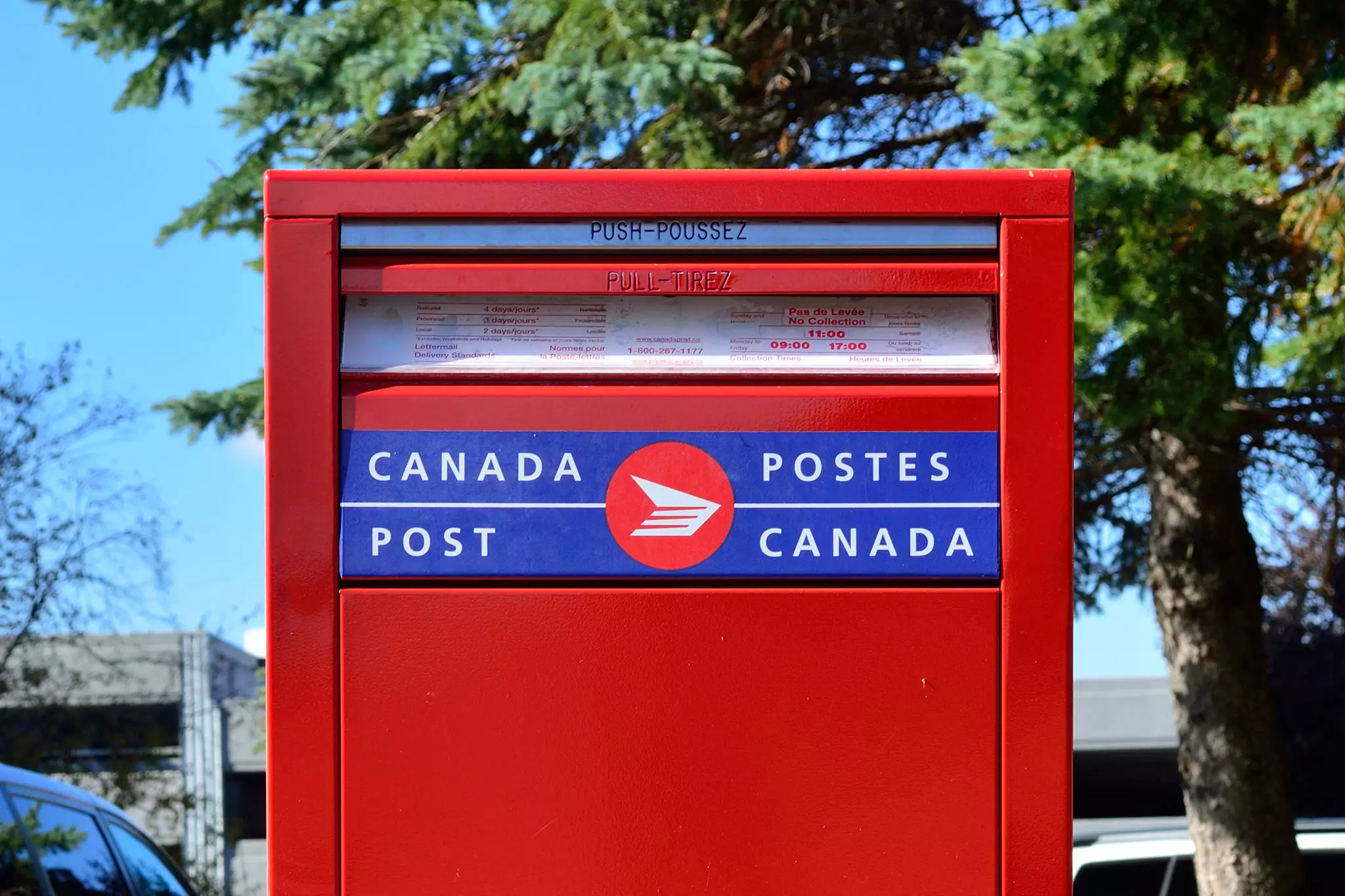The Canadian climate advocacy group is aiming for its call for a cap on oil and gas emissions to capture the attention of Environment Minister Steven Guilbeault. Numerous environmental activists from Canada can be seen at COP28 in Dubai, donning coordinated baseball hats featuring the word “emissions” on the front.
These fashion-forward “emissions caps” have become sought-after mementos of the international climate conference, with only a limited few hundred in existence.
The leader of Climate Action Network Canada presented one of the hats to Guilbeault during the early stages of COP28. However, she conveyed to Guilbeault that he shouldn’t wear it just yet. Caroline Brouillette specified that he would only be permitted to don the hat once he releases the framework for the long-anticipated cap on greenhouse gas emissions from the oil and gas sector.
Brouillette mentioned that Guilbeault chuckled upon receiving the gift and assured her that he might be seen wearing it before the conclusion of the talks on December 12. Despite the Liberal government’s commitment two years ago to regulate a maximum emissions limit for the fossil fuel sector, they are currently lagging behind in disclosing both the initial cap and the subsequent reductions required by the end of the decade.
For over a week, Guilbeault has been teasing the unveiling of the government’s cap plan at COP28. The concept for the ball caps originated from the creative minds of the staff at Montreal’s Trottier Family Foundation, a charitable organization backing scientific institutions, particularly those dedicated to addressing climate change.
In a social media post, Eric St-Pierre, the executive director of the foundation, mentioned that Trottier crafted 200 emissions caps “for kicks.” Subsequently, numerous Canadian activists in Dubai have enthusiastically shared images of their caps on various social media platforms.
“Emissions cap? In favour,”
Canadian Climate Institute president Rick Smith shared in a post on X, formerly Twitter, featuring a photo of himself and B.C. Environment Minister George Heyman in Dubai, both adorned with the emissions hats.
Former federal Liberal environment minister Catherine McKenna proudly wore her hat during an event at the Canada pavilion on Saturday. During the event, she advocated for a windfall tax on oil and gas companies, proposing to redirect profits towards emission reduction efforts.
The oil and gas industry is responsible for over a quarter of Canada’s total emissions, which reached 189 million tonnes of greenhouse gases in 2021. Canada has set a target to reduce total emissions by 40 to 45 percent by 2030 compared to 2005 levels. The latest emissions reduction plan, the country’s roadmap to achieving this goal, indicates that oil and gas companies must decrease their emissions to 110 million tonnes by 2030.
This represents a reduction of approximately 35 percent compared to the industry’s emissions in 2005. The government clarified that this figure is not fixed, and the cap may be set at a different level.
Both the industry and environmental groups are eager to see the policy on the oil and gas emissions cap, albeit for different reasons. The industry is skeptical about achieving the 110 million-tonne target by 2030 without reducing production. Although oil and gas operations have become more efficient, with per-barrel emissions from oilsands decreasing by about 23 percent since 2009, the overall emissions have increased by approximately nine percent due to higher production.
A year ago, Guilbeault pledged draft regulations by spring and final regulations by the year-end. However, he has since acknowledged the complexity of the policy, emphasizing that the federal government is taking the necessary time to ensure its accuracy.
According to Guilbeault, Canada is the sole major oil-producing nation actively developing an emissions cap. In recent months, the government adjusted its language, committing to provide only a “framework” for regulations that will specify the cap’s location and the mechanics of the regulations.
Guilbeault mentioned last week that recent court decisions in the fall, addressing federal environmental policy and jurisdictional limits, have impeded progress. Alberta Premier Danielle Smith has expressed her intention to challenge Ottawa’s authority to impose a cap, although the Supreme Court of Canada’s recent decision on carbon pricing clarified that Ottawa possesses some jurisdiction over greenhouse gas emissions.
The court ruled against Alberta, Saskatchewan, and Ontario, which were contesting Ottawa’s power to enforce a carbon pricing mechanism in their respective provinces.



